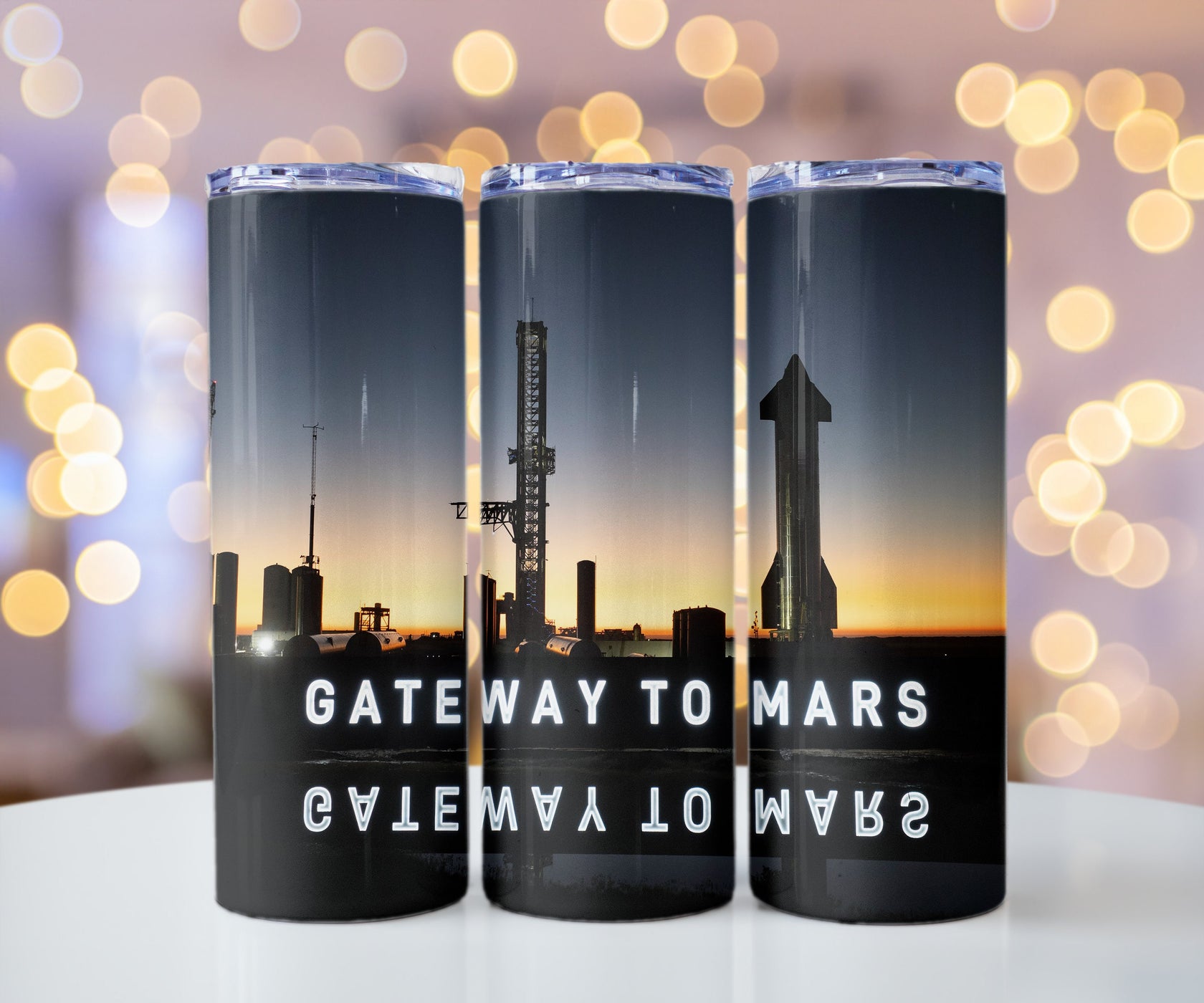SpaceX has marked a significant milestone in space travel and satellite deployment with its latest achievement. On March 4, the company successfully completed two overlapping Falcon 9 missions: the Transporter-10 rideshare mission from the West Coast and the Starlink 6-41 mission from Florida. This event signifies a leap in space exploration, particularly for those interested in SpaceX, Starlink internet, and general aviation.
Launch Details: A Dual Success Story
The launches, which took place at 5:05 p.m. and 6:56 p.m. EST from Vandenberg’s SFB’s Space Launch Complex 4 East and Cape Canaveral SFS’s Space Launch Complex 40, respectively, are a testament to SpaceX's growing capabilities. The missions delivered a total of 76 spacecraft into low Earth orbit, showcasing SpaceX's commitment to advancing space technology and internet connectivity through its Starlink project.
Understanding Starlink: Revolutionizing Global Internet Connectivity
Starlink, a pioneering project by SpaceX, represents a groundbreaking venture in the realm of global internet connectivity. It is a satellite internet constellation being constructed by SpaceX to provide high-speed, low-latency internet access across the globe. This ambitious project aims to bridge the digital divide by reaching remote and underserved areas where traditional internet infrastructure is either unavailable or prohibitively expensive.
As of 2024, Starlink has launched thousands of small satellites, with plans to expand the constellation to several thousand more. This extensive network ensures widespread coverage, making high-speed internet accessible in rural and remote regions. The project is not only a technological marvel but also a testament to SpaceX's commitment to innovation and global connectivity.
Delving Deeper into the Transporter-10 Mission: A Showcase of SpaceX's Payload Diversity
The Transporter-10 mission, a significant undertaking by SpaceX, exemplifies the company's capability in deploying a diverse range of payloads into space. This mission involved carrying 53 distinct payloads for various international customers, marking it as a notable achievement in SpaceX's rideshare program.
Among the 53 payloads, a prominent contributor was Exolaunch, which facilitated the launch of 28 satellites for its clients. These payloads varied in purpose and design, ranging from small CubeSats to larger microsatellites, each serving unique objectives in fields such as Earth observation, scientific research, and communication.
The Transporter-10 mission's success hinged on the precise execution of deploying multiple payloads into their designated orbits. This required intricate planning and coordination, as each satellite had specific orbital requirements. SpaceX's Falcon 9 rocket's upper stage played a crucial role in this process, maneuvering between different altitudes and inclinations to place each payload in its intended orbit.
The deployment of these satellites into near-polar, Sun-synchronous orbits was a critical aspect of the mission. Sun-synchronous orbits allow satellites to pass over the same part of the Earth at roughly the same local solar time, providing consistent lighting conditions for imaging satellites. This is particularly beneficial for Earth observation and environmental monitoring missions.
MethaneSAT: A Critical Tool in Environmental Monitoring and Climate Change Mitigation
MethaneSAT, an innovative Earth-observation spacecraft, stands out among the payloads of the Transporter-10 mission. Developed by BAE System’s Ball Aerospace, this satellite represents a significant leap forward in environmental monitoring and the fight against climate change. Its primary mission is to track and quantify methane emissions on a global scale, with a particular focus on major oil and gas production sites.
Methane is a potent greenhouse gas, with a global warming potential significantly higher than carbon dioxide over a 20-year period. Monitoring methane emissions is crucial for understanding and mitigating the impact of human activities on climate change. MethaneSAT plays a pivotal role in this endeavor by providing accurate and comprehensive data on methane concentrations in the atmosphere.
MethaneSAT is equipped with state-of-the-art sensors capable of detecting methane at very low concentrations. Its high-resolution imaging technology allows for the precise identification of methane emission sources, even in areas with small, diffuse emissions that are often overlooked but cumulatively significant. This capability is vital for identifying and addressing the most significant sources of methane emissions.
The data collected by MethaneSAT has the potential to drive significant changes in environmental policy and industry practices. By providing clear, actionable information on methane emissions, the satellite enables governments, regulatory bodies, and companies to implement more effective strategies for emission reduction. This, in turn, contributes to global efforts to combat climate change and promote sustainability.
NASA's Involvement and Innovative Payloads
NASA's involvement in the Transporter-10 mission underscores its commitment to fostering innovation in space technology. By supporting cutting-edge projects like the Multi-Mode Mission (M3) and LizzieSat-1, NASA continues to push the boundaries of what's possible in space exploration and satellite technology.
The Multi-Mode Mission, developed collaboratively by the Missouri University of Science and Technology and Froberg Aerospace, represents a significant advancement in satellite propulsion technology. M3's experimental thruster is a hybrid system that combines the benefits of both chemical and electric propulsion.
- Chemical Propulsion: Offers high thrust and is ideal for quick maneuvers and changes in orbit.
- Electric Propulsion: Provides a more efficient, albeit lower thrust, ideal for long-duration missions and fine orbital adjustments.
By integrating these two propulsion methods, M3 aims to create a more versatile and efficient propulsion system for satellites, potentially extending their operational lifespan and reducing costs associated with satellite launches and maintenance.
LizzieSat-1, built by Sidus Space, is another highlight of the Transporter-10 mission. This satellite is designed to test several key technologies that could revolutionize satellite operations:
- Autonomous Systems Software: Enables the satellite to make decisions and react to its environment without direct human intervention. This technology is crucial for deep-space missions where communication delays with Earth can be significant.
- Edge Computing: Involves processing data directly on the satellite rather than transmitting it back to Earth for analysis. This approach can significantly speed up data processing, reduce the amount of data that needs to be sent back to Earth, and enhance the overall efficiency of satellite operations.
NASA's support for projects like M3 and LizzieSat-1 through the Transporter-10 mission highlights its pivotal role in advancing space technology. These innovations not only enhance current satellite capabilities but also lay the groundwork for future exploration and utilization of space, continuing NASA's legacy of pushing the frontiers of science and technology.
Repeat and First-Time Spacecraft Operators
The mission also saw repeat operators like Spire, Iceye, Orbital Sidekick, and others, contributing to constellations for weather tracking, radar mapping, and imaging. Notably, first-time fliers included Space Machines, True Anomaly, Quantum Space, and Atomos Space, each testing innovative space technologies.
SpaceX's Rideshare Program: A Growing Legacy
SpaceX's rideshare program has now launched nearly 1,000 smallsats, reflecting the company's pivotal role in the burgeoning space industry. This program is not only a cornerstone for SpaceX's growth but also a significant contributor to the advancement of space exploration and technology.
Conclusion: SpaceX's Expanding Horizons
SpaceX's 10th rideshare mission, coupled with the successful deployment of Starlink satellites, marks a new era in space exploration and internet connectivity. This achievement is particularly relevant for those interested in space travel, SpaceX's endeavors, Starlink internet, and the broader scope of general aviation. As SpaceX continues to push the boundaries, its impact on the future of space exploration remains a focal point for enthusiasts and professionals alike.
About the Author: Jim Kerr, Chief Pilot and Aviation Industry Expert
Jim Kerr, with over 35 years in the aerospace sector, is the founder of SkyboundGear, Chairman of LJ Aero, a next-generation aviation data aggregator. A Embry Riddle Aeronautical University alumni and a seasoned Pilot, Jim holds an array of FAA certifications, including Airframe and Powerplant, and Part 107 Commercial Small Unmanned Aircraft Systems (sUAS) remote drone pilot. His extensive piloting experience spans thousands of hours in single and multi-engine aircraft.
At the forefront of aviation advancements, Jim's career has been marked by his contributions as both a skilled pilot and an industry insider. His insights into aircraft manufacturing trends and market dynamics are shaped by his hands-on experience and deep understanding of the aviation sector.
Driven by a passion for aviation, Jim is dedicated to enriching the industry's knowledge base, sharing his expertise to foster a deeper understanding of aviation's evolving landscape among both enthusiasts and professionals.




